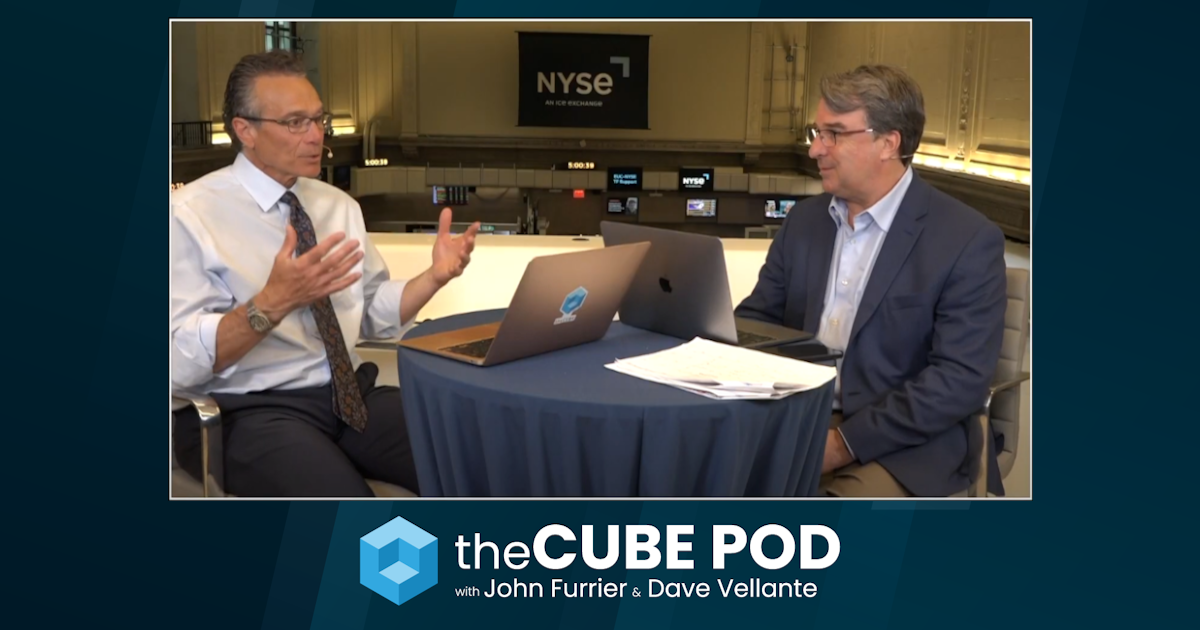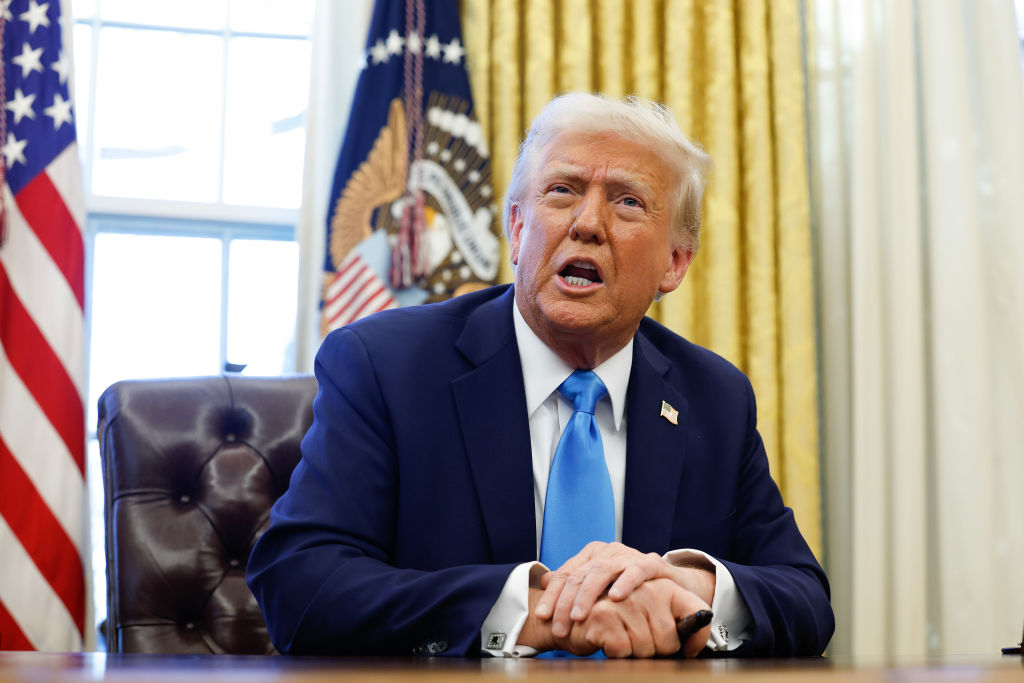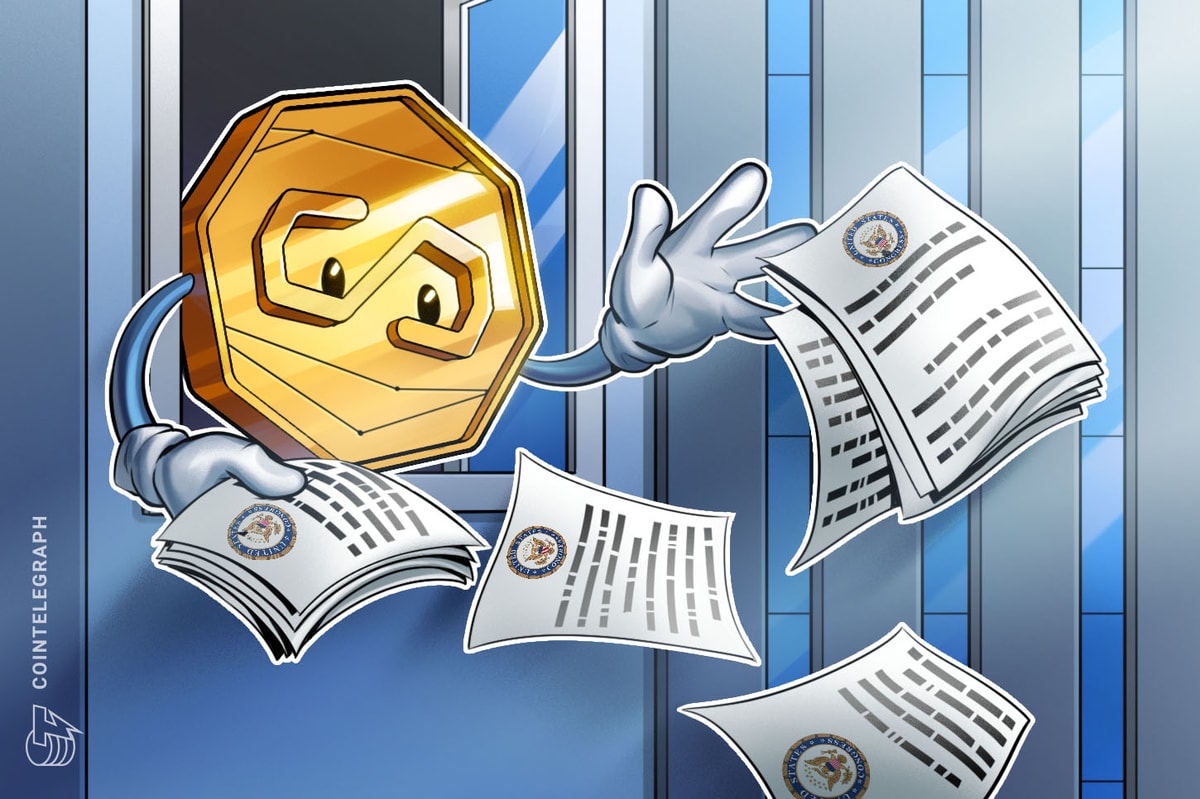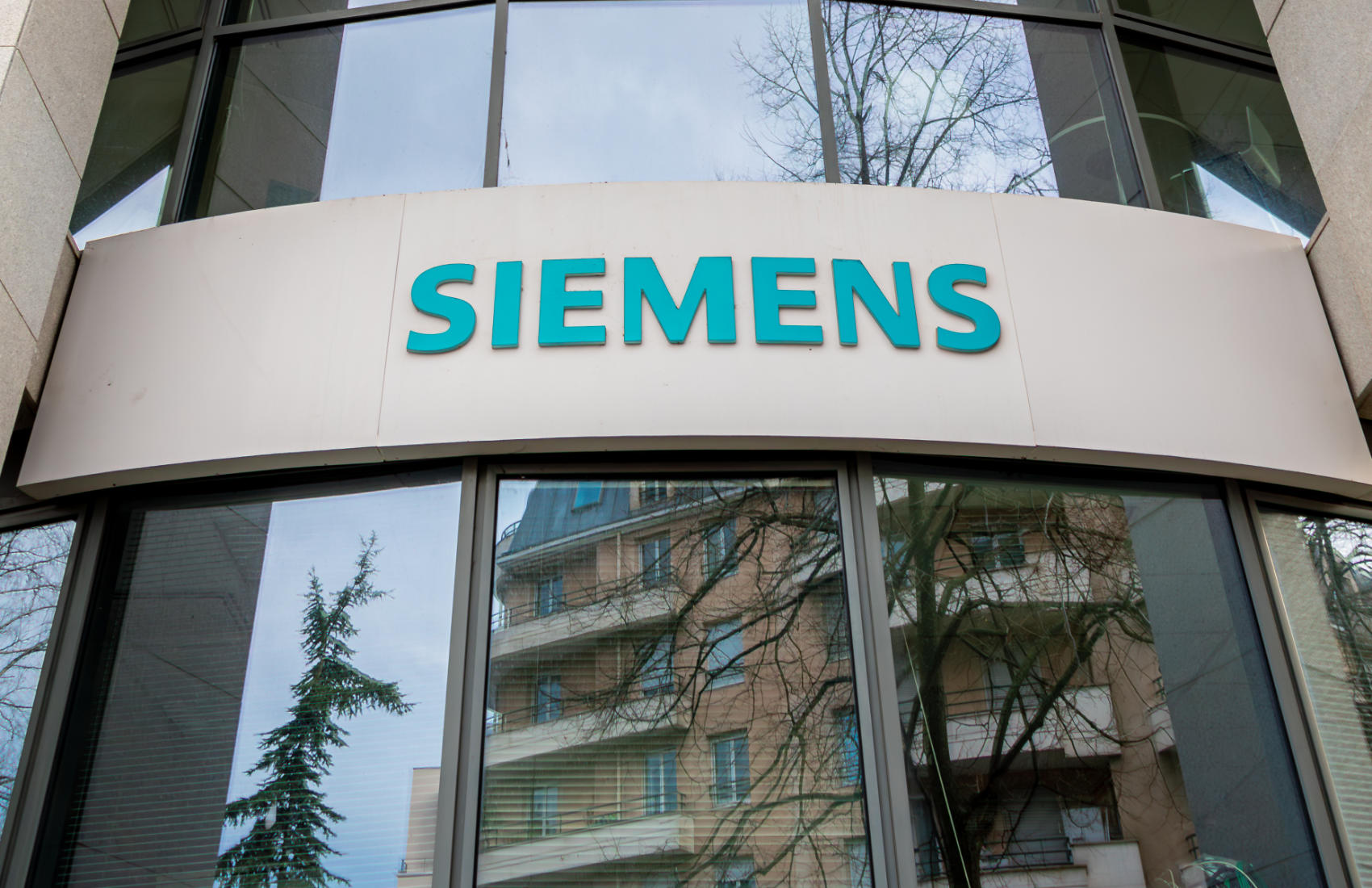The Convergence of Blockchain and AI: A New Era of Enterprise Infrastructure
Blockchain technology is facing a revolutionary shift as it intersects with artificial intelligence (AI), heralding a new chapter in enterprise infrastructure. This powerful convergence is driving rapid innovation across cloud computing, cybersecurity, and decentralized systems—significantly challenging organizations to rethink how they construct, scale, and secure their infrastructures. In a landscape fraught with speed, complexity, and continuous disruption, the implications of this union are profound.
Insights from Industry Experts
On a recent episode of the theCUBE Podcast, industry experts John Furrier and Dave Vellante delved into the transformative effects of this technological fusion. They highlighted the emergence of AI-native operating systems and scrutinized the mounting pressures confronting traditional blockchain platforms. As organizations navigate this evolving terrain, they must continually make real-time decisions regarding architecture, investment, and innovation—decisions that could define competitive advantages in the near future.
“I believe we are in a super cycle of computer science revolution,” Furrier remarked. The ongoing transformation in technology is not merely technical; it’s expected to usher in profound cultural shifts, with an emphasis on impact investing and technology that serves a greater good.
Breaking Away from Homogeneous Stacks
As enterprise workloads increasingly pivot towards AI, the once-accepted notion of homogeneous infrastructure models is beginning to wane. Analysts and technologists increasingly question whether uniform stacks can meet the diverse performance requirements essential for modern AI applications. This sentiment signifies a growing appetite for flexibility and specialization—attributes that will take precedence in the evolving landscape of enterprise infrastructure.
Furrier remarked that the position of homogeneous stacks wouldn’t hold water in the long run. “I think you can have homogeneity in certain parts of the stack, but heterogeneous is a world,” he asserted. This perspective aligns with recent advancements in networking solutions, such as Nvidia’s Spectrum-X, which is engineered to manage AI-scale workloads effectively. The emergence of operating system-like frameworks tailored for AI, exemplified by solutions like Dynamo, indicates a shift toward a more nuanced view of infrastructure that combines specialized hardware, cutting-edge networking, and AI-centric software ecosystems.
Legacy Assumptions Are Changing
The landscape is evolving, with AI emerging as the new foundational layer underpinning many applications. This shift compels both cloud giants and infrastructure providers to actively reassess and rewrite legacy assumptions surrounding stack architecture. Nvidia is taking the lead in this arena, positioning itself not merely as a chipmaker but as a critical backbone for AI applications. Vellante observed that this could lead to new forms of software lock-in if the industry doesn’t cautiously navigate these changes.
In praising Nvidia’s innovations, Vellante noted, “Nvidia even further solidified its moat and created this whole new vector around robotics.” With robotics poised to disrupt conventional markets significantly, Nvidia’s developments in AI and related technologies are set to unfold exciting opportunities.
Ethereum Faces Competition from Solana
The blockchain arena is also witnessing significant shifts. Once the giant of on-chain networks, Ethereum is currently grappling with challenges like high fees and slower transaction speeds. As developers and businesses seek efficient, cost-effective solutions, Solana is rapidly gaining adoption due to its swift architecture and economical model.
Vellante highlighted a striking trend: Ethereum, which historically followed Bitcoin in price surges, recently broke a decade-long cycle where it consistently set new highs along with Bitcoin. “It couldn’t get back to its previous highs,” he noted, indicating waning investor enthusiasm. This performance gap has repercussions beyond mere technology; it influences business models and accessibility. With small transactions becoming economically unfeasible on Ethereum due to its gas prices, Solana emerges as an attractive alternative for payment-centric applications.
Furrier emphasizes that the transition toward AI infrastructure aligns harmoniously with decentralized computing paradigms, asserting that “decentralized infrastructure like blockchain fits beautifully into the paradigm of AI.” This synergy between AI and decentralized technologies opens new avenues for both fields, particularly in governance, decentralized inference, and blockchain-based model verification.
Upcoming Events and Trends in AI and Crypto
Looking forward, theCUBE is gearing up for an impactful season, with an emphasis on crypto and AI leadership. Notable figures including Michael Saylor, David Sacks, and Donald Trump Jr. are poised to feature in future discussions, placing theCUBE at the intersection of finance, policy, and next-gen technology. Furrier remarked on the New York Stock Exchange’s evolving identity, noting, “It looks like the NYSE is going to be the crypto exchange.” As cryptocurrency gains widespread recognition, its integration into legacy financial systems could redefine industry dynamics.
Furthermore, Furrier hinted at additional topics being explored, including cybersecurity and the role of AI in financial services. There is a resounding call for technologists and founders to contemplate not only the tools and technologies they utilize but also the broader cultural, regulatory, and ecosystem shifts influencing the next wave of infrastructure. The future promises remarkable developments, and organizations must remain agile and proactive in navigating these changes.
Influential Voices in the Industry
Throughout the podcast, Furrier and Vellante also referenced prominent figures shaping the realm of technology and finance, from Nvidia’s Jensen Huang to renowned CEOs like Michael Dell and Sundar Pichai. The conversation prominently featured the importance of leadership and foresight in steering organizations through complex technological landscapes. By acknowledging the thought leaders in this space, theCUBE highlights the collaborative nature of innovation, where diverse perspectives come together to drive transformative change.
Amid these giants, theCUBE continues to engage with thought leaders and capture insights through its platforms, fostering a deeper understanding of how technologies like AI and blockchain are shaping our world. As this landscape continues to evolve, the dialogue surrounding it will be crucial in navigating the challenges and opportunities that lie ahead.
For those interested in delving deeper into these topics, the complete episode of theCUBE Pod offers comprehensive insights from Furrier and Vellante. Engaging with these discussions can equip professionals with the knowledge necessary to stay ahead of the curve in this rapidly changing technological landscape.












